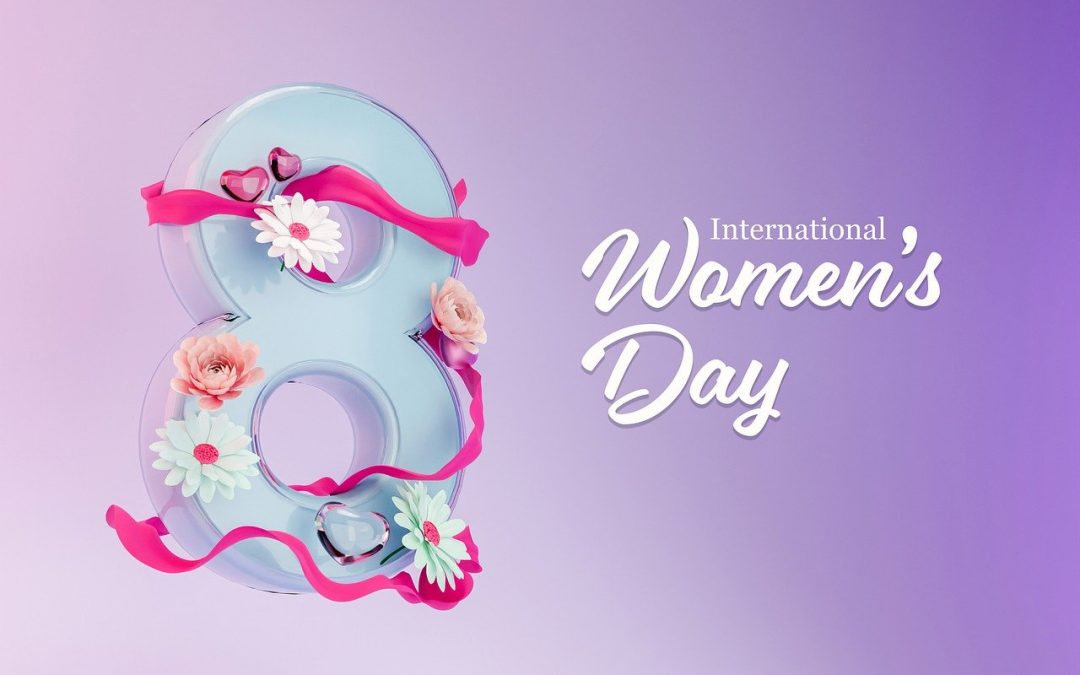

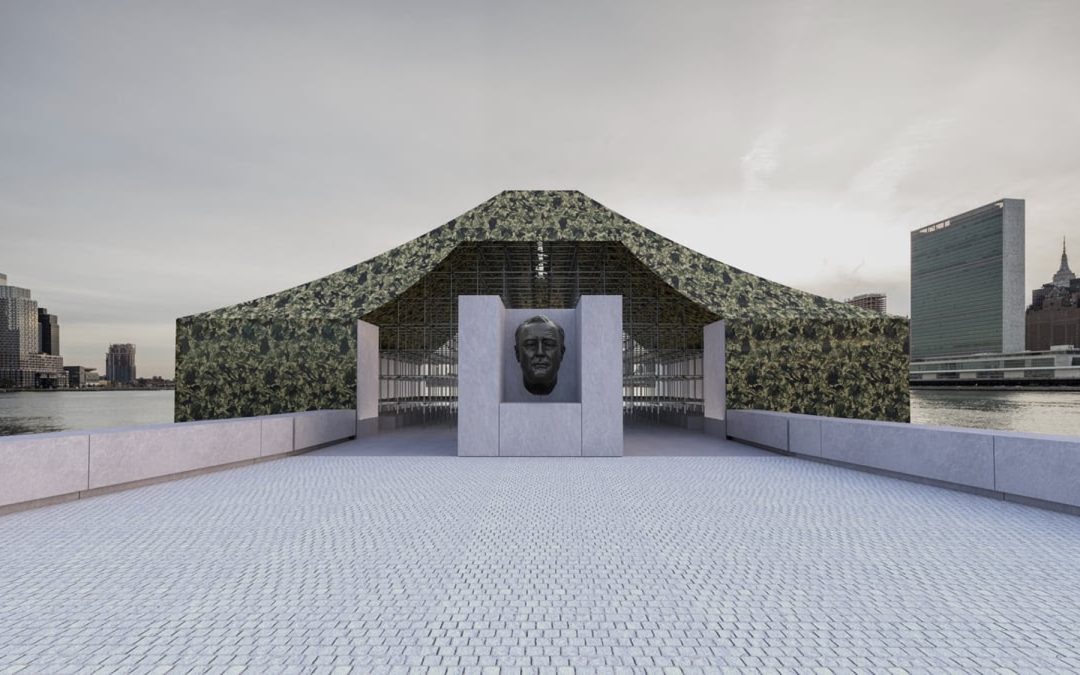
“Art X Freedom: Ai Weiwei’s Monumental Public Art Installation”
Inaugurating Art and Freedom: Ai Weiwei’s Monumental Public Art Installation
Ai Weiwei, a renowned artist and activist, is set to establish the inaugural Art X Freedom commission, creating a groundbreaking public art installation that will ignite conversations around the world. This unique project stands as a testament to the enduring power of art to question, challenge, and evoke transformations in society.
Exploring the Intersection of Art and Activism
Since time immemorial, artists have played a pivotal role in shaping the social, cultural, and political landscapes of their times. Thinkers like Leonardo da Vinci, Frida Kahlo, and Pablo Picasso used their creative genius to challenge the status quo, unravel injustices, and inspire meaningful change.
Today, Ai Weiwei carries this torch of artistic activism, fearlessly illuminating the dark corners of authoritarianism, censorship, and human rights abuses. Inspired by his own experiences as a dissident in China, Weiwei’s works span across various media, transcending boundaries between art, architecture, and social commentary.
“The role of the artist is to ask questions, not to answer them.”
Ai Weiwei
A Journey Through Weiwei’s Artistic Endeavors
Weiwei’s oeuvre has left an indelible mark on the contemporary art scene. From the iconic “Sunflower Seeds” installation, where millions of porcelain seeds laid bare the perils of conformity, to “Grass Mud Horse,” a whimsical confrontation against censorship, his creations communicate powerful messages through their sheer scale and symbolism.
Beyond the confines of galleries and museums, Ai Weiwei has embraced the global stage, culminating in the forthcoming Art X Freedom commission. This landmark project marks a dynamic collaboration between art and the public sphere, fostering dialogue, empathy, and ultimately, freedom.
Empowering the Public: The Art X Freedom Commission
The Art X Freedom commission envisions the transformation of a bustling downtown square into a mesmerizing playground of imagination, resilience, and dissent. Through monumental sculptures, immersive installations, and thought-provoking graffiti, Weiwei endeavors to remind us of the power we each possess to shape a more just and equitable world.
By juxtaposing historical narratives with contemporary concerns, Weiwei invites viewers to analyze the triumphs and failures of societies past and present. The Art X Freedom commission seeks to bridge the gap between art and an unsuspecting public, provoking introspection and reinvigorating our collective pursuit of freedom.
“Creativity is part of the human condition. It must always be guarded and cherished, even if society questions its worth.”
Ai Weiwei
With the inauguration of the Art X Freedom commission, Ai Weiwei propels us towards a new era of artistic expression, uncompromising activism, and societal change. In the face of adversity and oppression, this monumental public art installation invites us to unite under the banner of freedom, knowing that art has the power to spark the flames of revolution and pave the way for a better tomorrow.
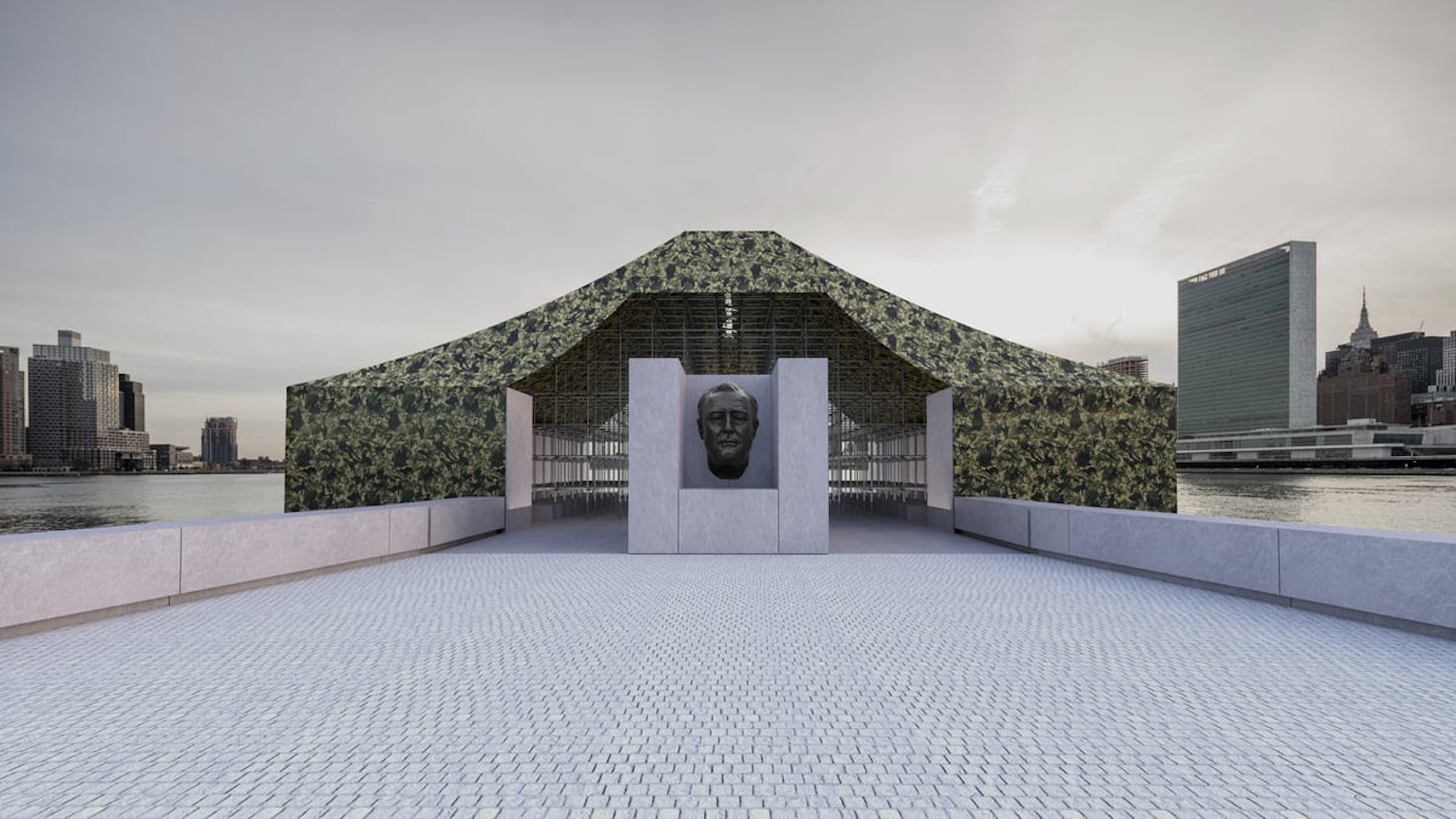
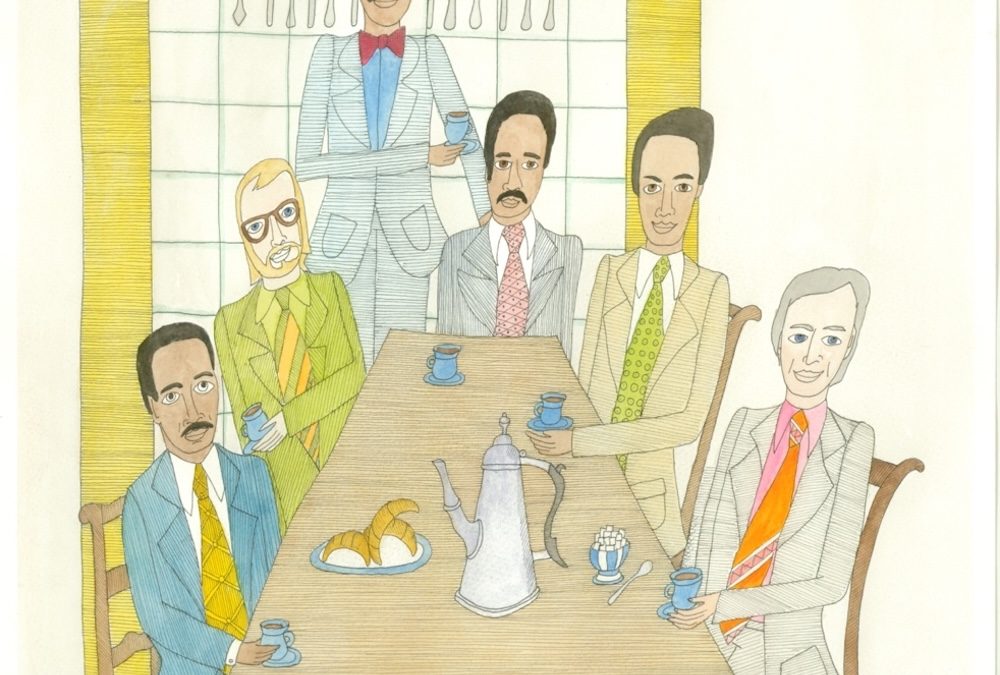
“The Risky Revelation: My Warning to Robert about Staging a Show”
Thematic Preface: Exploring the Power of Art in Times of Crisis
In times of crisis, art has always served as a powerful means of expression, reflecting the spirit and struggles of society. From the Renaissance to the present day, artists have continuously responded to the upheavals and challenges of their time through their masterpieces. In this article, we delve into the crucial role that art plays in times of crisis, highlighting its ability to provide solace, provoke thought, and inspire societal change.
Throughout history, art has acted as a mirror to society, allowing individuals to make sense of the world around them. Consider the iconic painting “Guernica” by Pablo Picasso, which depicted the horrors of the Spanish Civil War. Through his chaotic brushstrokes and powerful symbols, Picasso communicated the anguish and suffering inflicted upon innocent victims. The painting became a symbol of resistance and a call for peace, leaving an indelible impact on generations to come.
Today, in the face of the ongoing global pandemic, art once again rises to the occasion, providing a much-needed outlet for collective emotions and reflections. Artists have embraced various forms of expression, including visual arts, music, literature, and performance, to convey their fears, hopes, and resilience in the face of adversity.
A notable example is the emergence of street art across cities worldwide during the COVID-19 crisis. Street artists have transformed desolate urban landscapes into vibrant canvases, bearing messages of unity, gratitude to frontline workers, and reminders of the importance of compassion and solidarity. Through their compelling artwork, they inspire communities to come together and face the challenges of these uncertain times.
Furthermore, in recent years, movements such as #MeToo and Black Lives Matter have demonstrated the extraordinary power of art in catalyzing social change. Artistic expressions, whether through photography, theater, or poetry, have shed light on societal injustices, fostering empathy and igniting conversations that challenge the status quo.
As we navigate through this article, we will explore diverse mediums and examine the historical context that has shaped art’s response to crisis. We will witness the resilience of artists and their ability to provide an alternative narrative that transcends the immediate challenges we face. Prepare to be moved, inspired, and reminded of the profound impact that art continues to have in transforming both individuals and society as a whole.
“Art is not a mirror to reflect the world but a hammer with which to shape it.” – Vladimir Mayakovsky
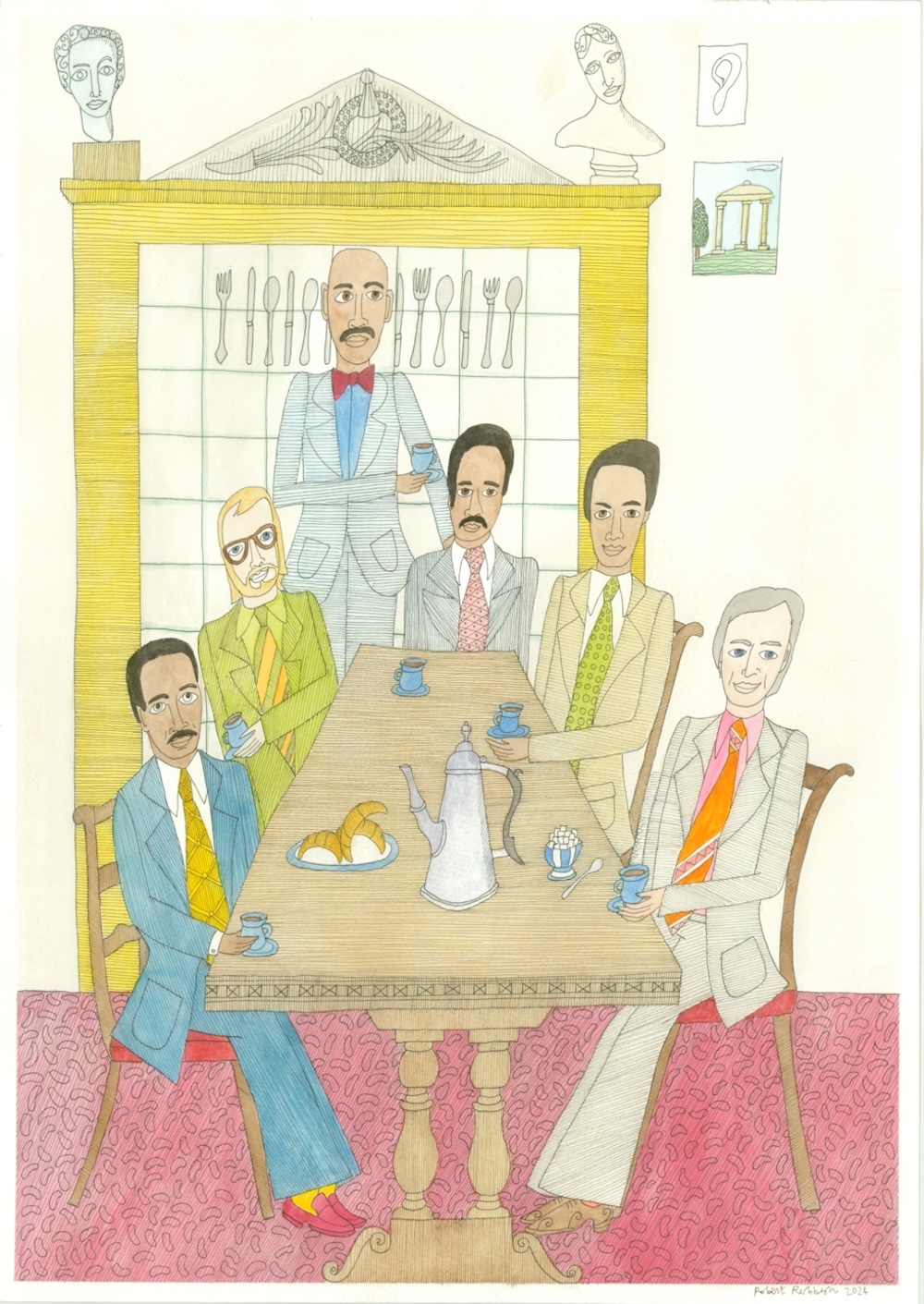
“The True Value of Art: Beyond Auction Records”
Potential Future Trends in the Art Market: Shifting focus from price to cultural value
Introduction:
When discussing the art market, auction records often dominate the headlines. These record-breaking sales provide an exhilarating thrill as prices skyrocket, but they fail to capture the true essence of what makes a piece of art valuable. In this article, we will explore the key points surrounding the high prices in the art market and delve into potential future trends. We will emphasize the importance of focusing on the cultural value of artworks rather than fixating on their astronomical prices.
1. The history of ideas and cultural significance:
Looking beyond the price tags, the list of the most expensive artworks sold at auction reveals a profound history of ideas. It showcases the themes and subject matters that mattered to the artists who created them. Additionally, it highlights what obsessed the collectors who sought these artworks and, ultimately, how society determines which works retain their power and influence over time.
Understanding the cultural significance of artworks allows us to appreciate the deeper connection between art and human experiences. We should prioritize the intellectual, emotional, and transformative aspects of art, rather than reducing it solely to a financial commodity.
2. Decoupling price and value:
The exorbitant prices paid for artworks can often overshadow their true value and significance. For instance, while Salvator Mundi sold for a staggering 0 million, controversies persist regarding its attribution to da Vinci. Similarly, Picasso’s Women of Algiers and Warhol’s Shot Sage Blue Marilyn fetched record-breaking prices, but their real value lies beyond monetary considerations.
True artistic value extends beyond financial transactions and resides within its ability to reshape culture, provoke thoughts, and challenge societal norms. By decoupling price from value, we allow for a more genuine appreciation of art’s transformative potential.
3. The escalation of prices and the auction spectacle:
With each record-breaking sale, the bar is raised higher, pushing the art market into a spiral of escalating prices and intensified frenzy. Auction houses become platforms for both the spectacle of the art market and the art itself. The ever-increasing numbers become a catalyst for speculation, triggering a game where players vie for the ultimate cultural trophy.
As the number of participants in this game multiplies, it creates a multiplier effect where prices skyrocket with diminishing logic behind them. This trend signals a need to reevaluate our understanding of artistic worth, redirecting our focus towards the intrinsic value of the art rather than getting caught up in the numbers.
4. Valuing art for its intrinsic worth:
While high prices may create a perception of transcendent quality, it is crucial to emphasize that it is the art itself that possesses true power and cultural value. Rather than fixating on the numbers, we should concentrate on the impact that art has on shifting culture, lingering in our minds, and altering our worldview.
Shifting the conversation towards a focus on the art’s intrinsic worth encourages a deeper appreciation of artistic achievements, offering a more meaningful and enriching experience. It enables us to move beyond the commercial aspects of the art market and rediscover the essence of artistic creation.
Conclusion:
In the future, the art market must prioritize the cultural value of artworks over their financial worth. By acknowledging the history of ideas and the transformative power of art, we can revitalize the industry. Redirecting our attention from escalating prices to the intrinsic worth of artworks allows for a more genuine and enriching experience for collectors, artists, and art enthusiasts alike.
Embracing a future that values cultural significance will ensure that the art market remains a vibrant and intellectually stimulating domain. By nurturing a deep appreciation for art’s transformative capabilities, we can create a more inclusive and sustainable art market for generations to come.
References:
1. “Salvator Mundi: Leonardo da Vinci or Not? Did Christie’s Know?” The New York Times. (Accessed online: https://www.nytimes.com/2019/07/19/arts/design/salvator-mundi-leonardo-da-vinci-or-not.html)
2. “Why Salvator Mundi is a Leonardo da Vinci Painting.” Sotheby’s. (Accessed online: https://www.sothebys.com/en/articles/why-salvator-mundi-is-a-leonardo-da-vinci-painting)
3. “Women of Algiers (Version O) by Picasso.” Christie’s. (Accessed online: https://www.christies.com/features/Women-of-Algiers-6774-1.aspx)
4. “Why Have the Prices for Warhol’s Monroes Shot Up?” The New York Times. (Accessed online: https://www.nytimes.com/2014/10/25/arts/design/why-have-the-prices-for-marilyns-shot-up.html)
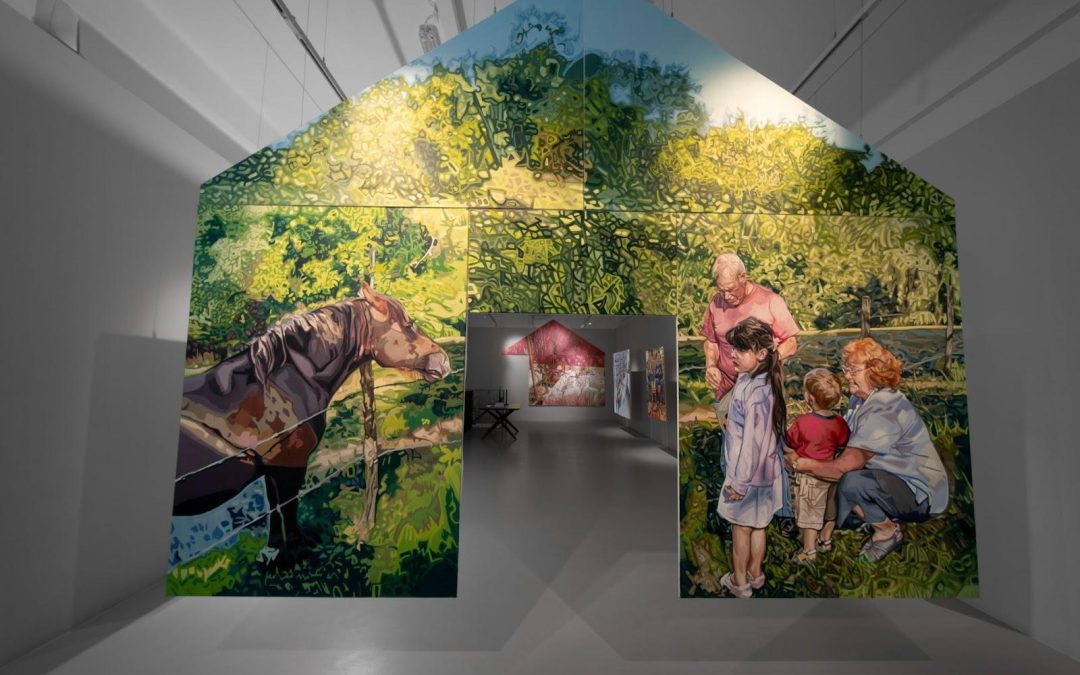
“The Unlikely Collection: A House, Maps, Hands, and a Crucified Frog”
Art is a medium through which we explore and express the complexities of the human experience. It has the power to captivate, to challenge, and to provoke thought. Throughout history, artists have used their creations to reflect upon the world around them, to examine social, political, and cultural issues, and to engage their audiences in conversations that transcend time.
Art, in all its various forms, has always been a reflection of society.
From the Renaissance masterpieces that adorned the walls of wealthy patrons, to the avant-garde movements that defined the early 20th century, art has always been intimately intertwined with the events and ideas of its time. Art is a barometer of the human condition, a mirror that reflects the hopes, fears, and aspirations of a given society.
And yet, art is not just a reflection of reality – it also has the power to shape it. Throughout history, artists have pushed boundaries, challenged norms, and influenced change. From the iconic paintings that immortalized pivotal moments in history, to the photographs that shed light on social injustices, artists have the ability to galvanize emotions, to incite action, and to effect social transformation.
The works of art that speak most powerfully to us are often those that challenge us.
They force us to confront uncomfortable truths, to question the world as we know it, and to consider alternative realities. It is through these works that we are able to gain new perspectives, to expand our understanding of the world, and to foster empathy and compassion. Art has the ability to dissolve boundaries, to bridge divides, and to connect people across cultures and across time.
In this article, we delve into the power of art as a catalyst for social change. We will explore a diverse range of artistic expressions, from the delicate hands of Michelangelo’s sculptures, to the intricate maps that have shaped our understanding of the world. We will examine how artists have responded to historical events, such as the crucifixion of Jesus Christ, and how they continue to engage with contemporary issues, such as environmental degradation and political unrest.
Art is not just a form of escapism – it is an instrument of change.
As we navigate the complexities of our modern world, it is imperative that we embrace the transformative power of art. By engaging in conversations about art and by exploring its myriad forms, we can actively contribute to the transformation of society. We can challenge injustice, dismantle oppressive systems, and forge a future that is more just, more inclusive, and more empathetic.
“Art washes away from the soul the dust of everyday life.” – Pablo Picasso
Join us on this journey as we explore the undeniable impact of art on society, and as we seek to understand how we can harness this power to create a brighter future for all.
